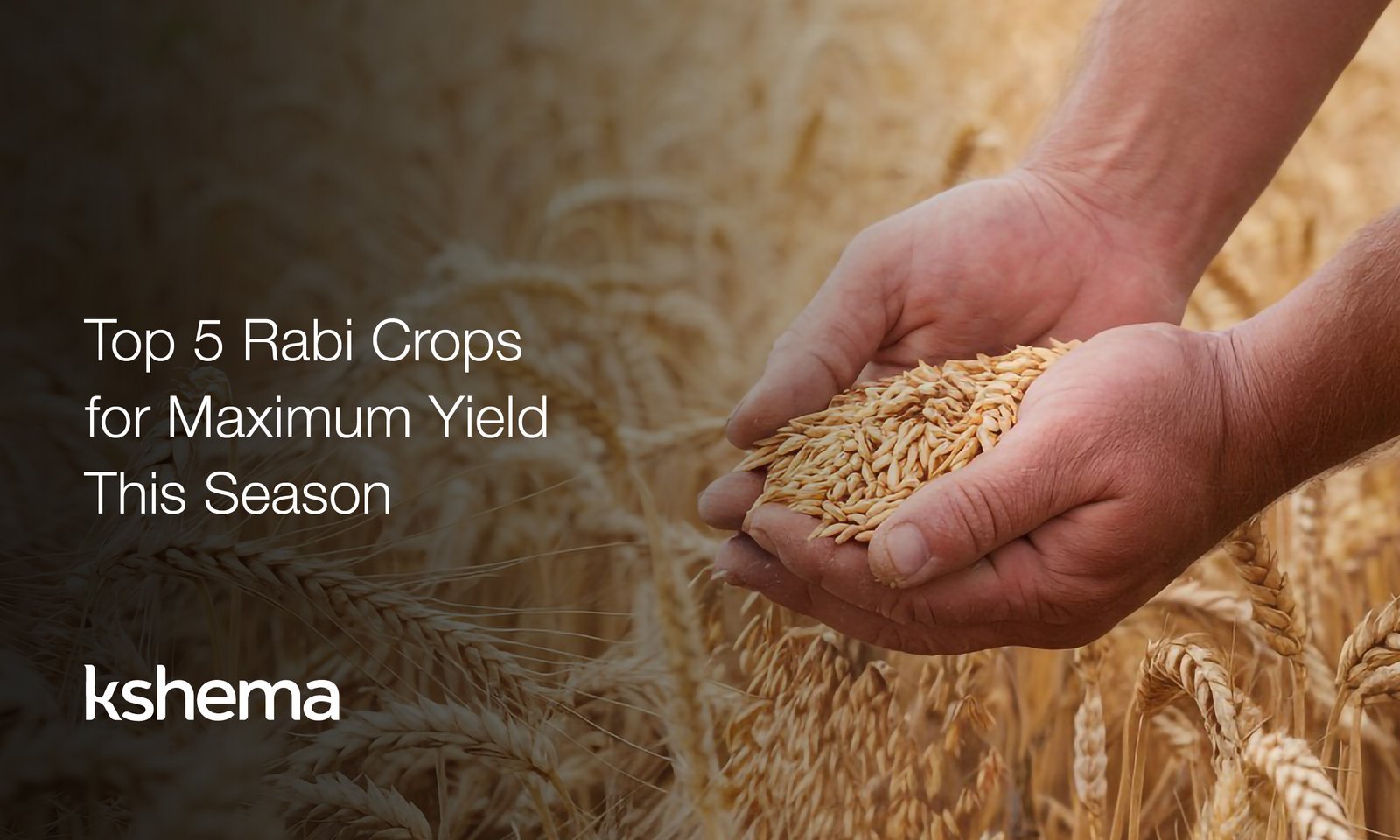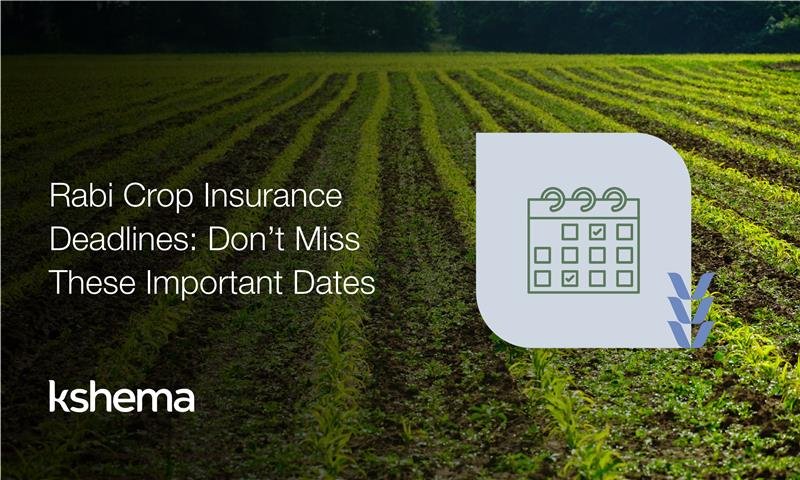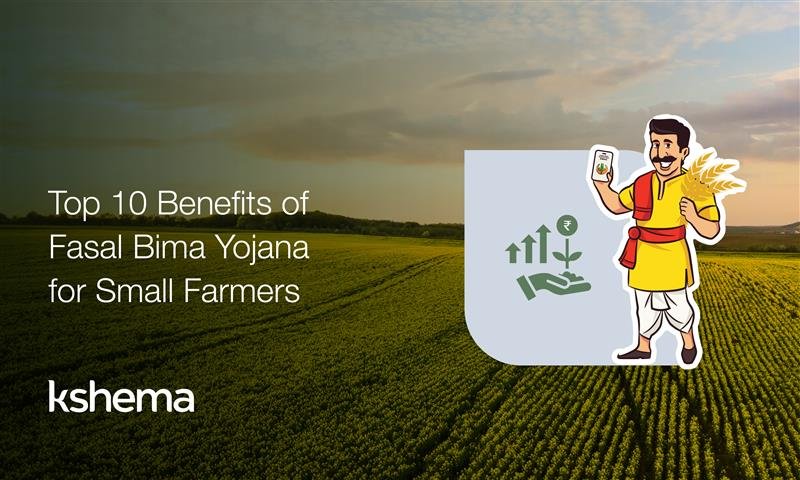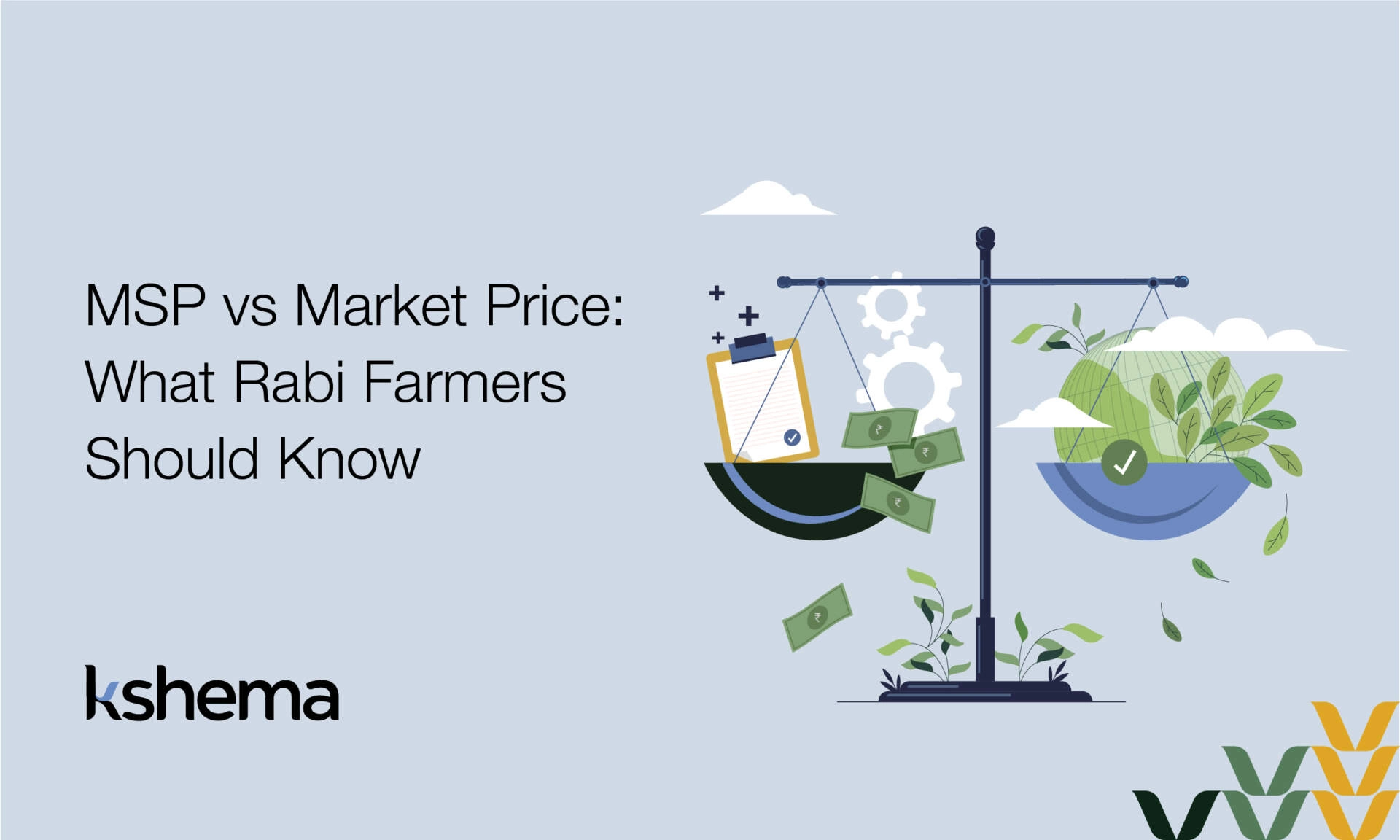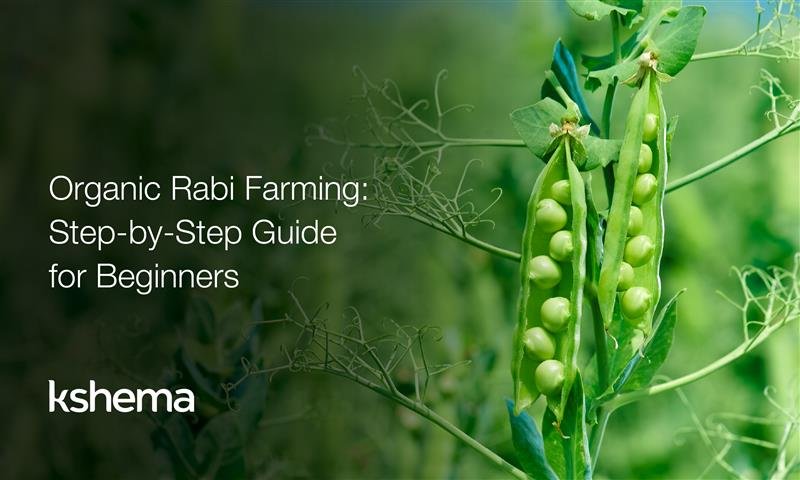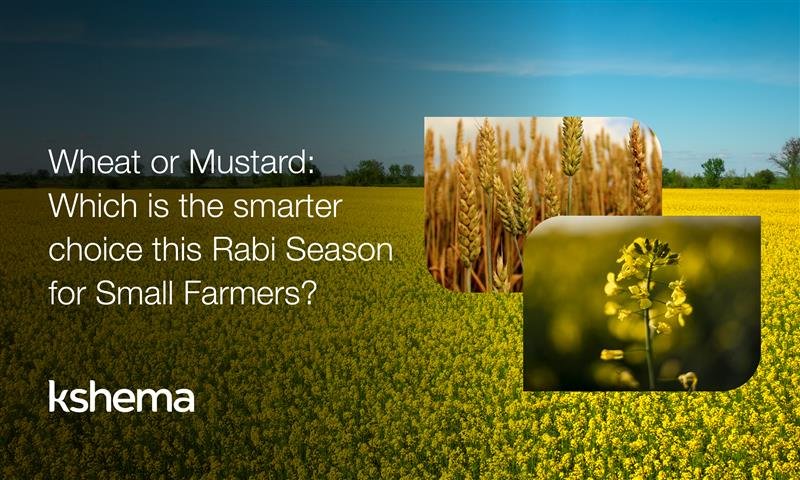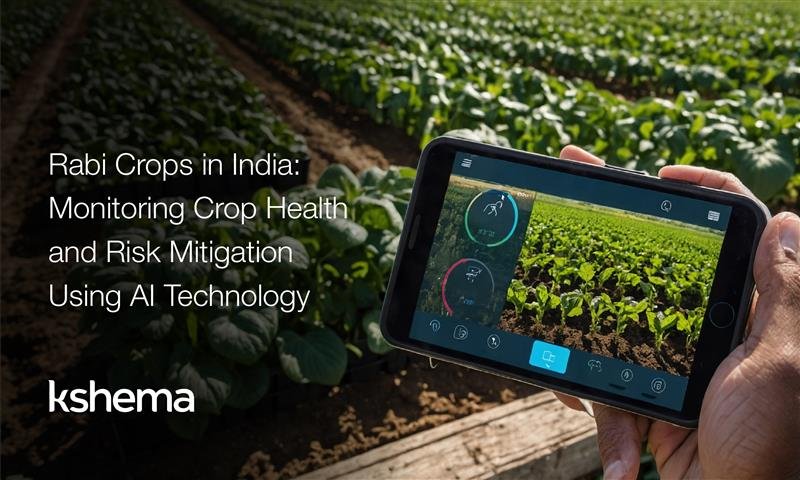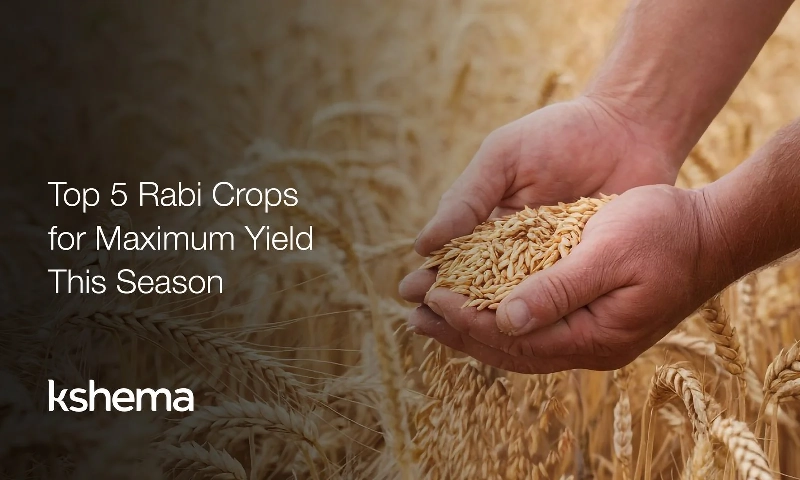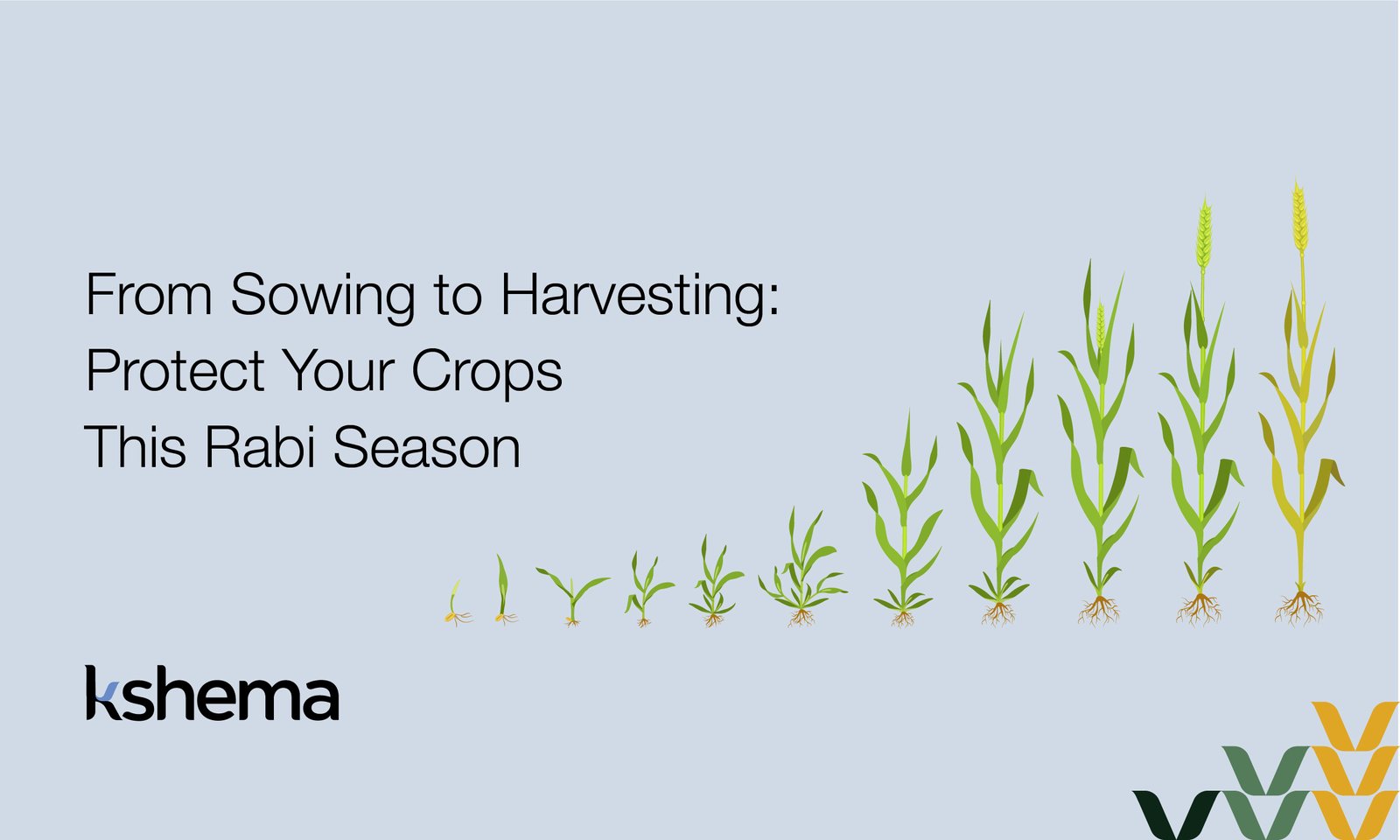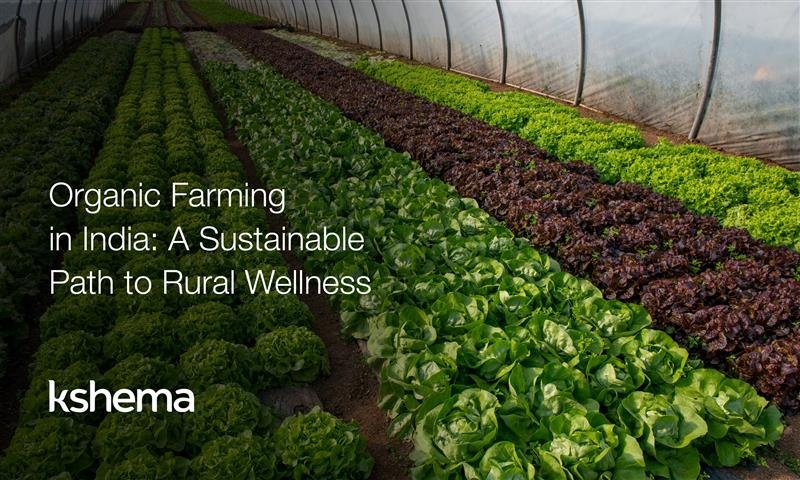Common Crop Diseases and How Farmers Can Prevent Them
India has made tremendous strides in food-grain production from 82 million tonnes in 1960-61 to 271.37 million tonnes in 2018-19. It further increased to 329.7 million tonnes in 2022-23 with agricultural exports exceeding Rs 4 lakh crore (US$ 53 B). India has the second-largest agricultural land in the world with the sector providing livelihood for nearly half of the nation’s population, contributing to about 18% of India’s GDP.Losses due to crop diseases and pests
However, agriculture as an activity, is reliant on variables, which are often outside the control of the farmer. Climate change and erratic weather patterns, soil, water, common diseases, pests affect the crops as well as the post-harvest stock, leading to significant losses. Managing crop diseases in India is therefore critical to protect yields and farmer incomes. By some estimates, every year, 30% of crops worth Rs 90,000 crores are lost in India due to pests and crop diseases. Indian farmers suffer yield losses due to weeds and rodents too. These factors substantially undermine India’s agricultural productivity, further underscoring the importance of plant disease management. According to agricultural experts, crop losses due to plant diseases in India account for nearly one‑third of total production losses.Plant disease management
Common crop diseases like rust, blight, blast, powdery mildew, smut can be prevented by effective plant disease management. These methods encompass a diverse array of techniques and strategies aimed at minimising damage from pests, diseases, weeds, and other environmental factors. Scientific management of common crop diseases has become even more important with increasing demand for organically produced food, conservation of biodiversity, unpolluted environment and sustainable agriculture. Plant disease management include crop production practices that make the crop environment less susceptible to pests. Crop rotation, cover crop, row and plant spacing, planting and harvesting dates, destruction of old crop debris are a few examples. These practices are based on pest biology and development.Effective pest and disease control in crops combines cultural, biological, and chemical methods to reduce risks.Crop disease prevention
The adage of prevention is better than cure always holds true. The first step towards common crop disease prevention is monitoring. And this starts with the soil even before the seeds are sowed. Unhealthy composition of the soil or chemical contamination incubate common crop diseases. Excessively wet or waterlogged soil also act as ‘fertile’ ground for pathogens that harm crops. Keeping track of pests, the soil and particular environment they thrive in, and their potential damage is helpful in selecting the best possible combinations of pest management methods. This is true for all crops, whether grains, vegetables or herbs. Most common crop diseases caused by bacteria, fungi, nematodes, and virus need focused approach to contain the damage and save crops. Preventive strategies are the backbone of disease control in agriculture, ensuring healthier crops and reduced dependency on chemicalsBacterial diseases
Blights and wilts are examples of bacterial common crop diseases. These affect plants when bacteria get into the culture’s tissue through damaged areas caused by agricultural tools, insects or unfavourable weather conditions. Infections may also occur when bacteria use natural holes or glands of plants. Bacterial diseases spread fast and treating the affected area is complicated since the infection is internal and therefore not exposed to chemicals. Preventive measures include using pathogen-free seeds, hot water for seed treatment, soil solarisation or using germicidal compound of seeds. These bacterial infections are among the most destructive diseases of crops in India.Fungal diseases
Fungi cause widespread plant diseases which extract a huge economic cost. Fungi mainly infects plans through wounds, stomata and water pores. Wind also plays a part by spreading fungal spores. Plant disease management is varied in the case of fungi. Crop disease control methods include destroying plant matter containing the pathogen, using healthy seeds, regular crop rotation and using chemical and biological fungicides. Fungal infections are some of the most common agricultural diseases worldwide.Viral diseases
Viruses and viroids affect plants at a smaller scale, but agricultural diseases caused by them are difficult to contain. Virus-infected plants are almost impossible to save. Viral infections usually spread through the contact of sick plants with healthy plants, through soil apart from vegetative reproduction. Seeds, pollen and insects are also carriers of common crop diseases caused by viruses. Agricultural disease control is paramount in cases of viral infections since they turn out to be fatal for plants. Therefore, appropriate plant disease management measures become an effective tool to counter viral infections. Most common crop disease prevention methods include cultivation of resistant crops, indexing, determining the presence or absence of viruses. Quarantine is the last resort if a large agricultural area is affected. Viral infections highlight the need for stronger plant disease prevention measures.Integrated pest management
Parasitic plants, nematodes are other category of pests that cause widespread plant diseases. Common crop diseases caused by various pathogens and pests need an integrated pest management approach. These include breeding of pest resistant varieties, chemical control via pesticides, mechanical control by using bird perches, installation of traps, hand picking etc. Integrated pest management is one of the most reliable approaches to handle common crop diseases and their control measures. Crop rotation, soil solarisation, soil treatment are some other methods to counter both abiotic (non-infectious) and biotic (infectious) common crop diseases. Tackling crop diseases through prevention, monitoring, and integrated management is essential for reducing losses and ensuring food security. By adopting sustainable practices, farmers can minimize the impact of diseases in crops and protect their livelihoods. Know how Weather Forecast in Farming to Improve Efficiency Also Read: https://www.reinsurancene.ws/indias-kshema-welcomes-more-like-minded-players-as-it-works-to-close-protection-gaps-founder-nukala/Frequently Asked Questions About Crop Diseases
1. What is crop disease?
A crop disease is any abnormal condition in plants caused by pathogens, pests, or environmental stress that reduces yield or quality.
2. What are the common crop diseases in India?
Common crop diseases in India include rice blast, wheat rust, cotton wilt, maize leaf blight, and sugarcane smut.
3. What are the effects of crop diseases?
Crop diseases cause reduced yields, poor quality produce, higher input costs, soil degradation, and economic losses for farmers.
Disclaimer:
“We do not assume any liability for any actions undertaken based on the information provided here. The information gathered from various sources and are displayed here for general guidance and does not constitute any professional advice or warranty of any kind.”






